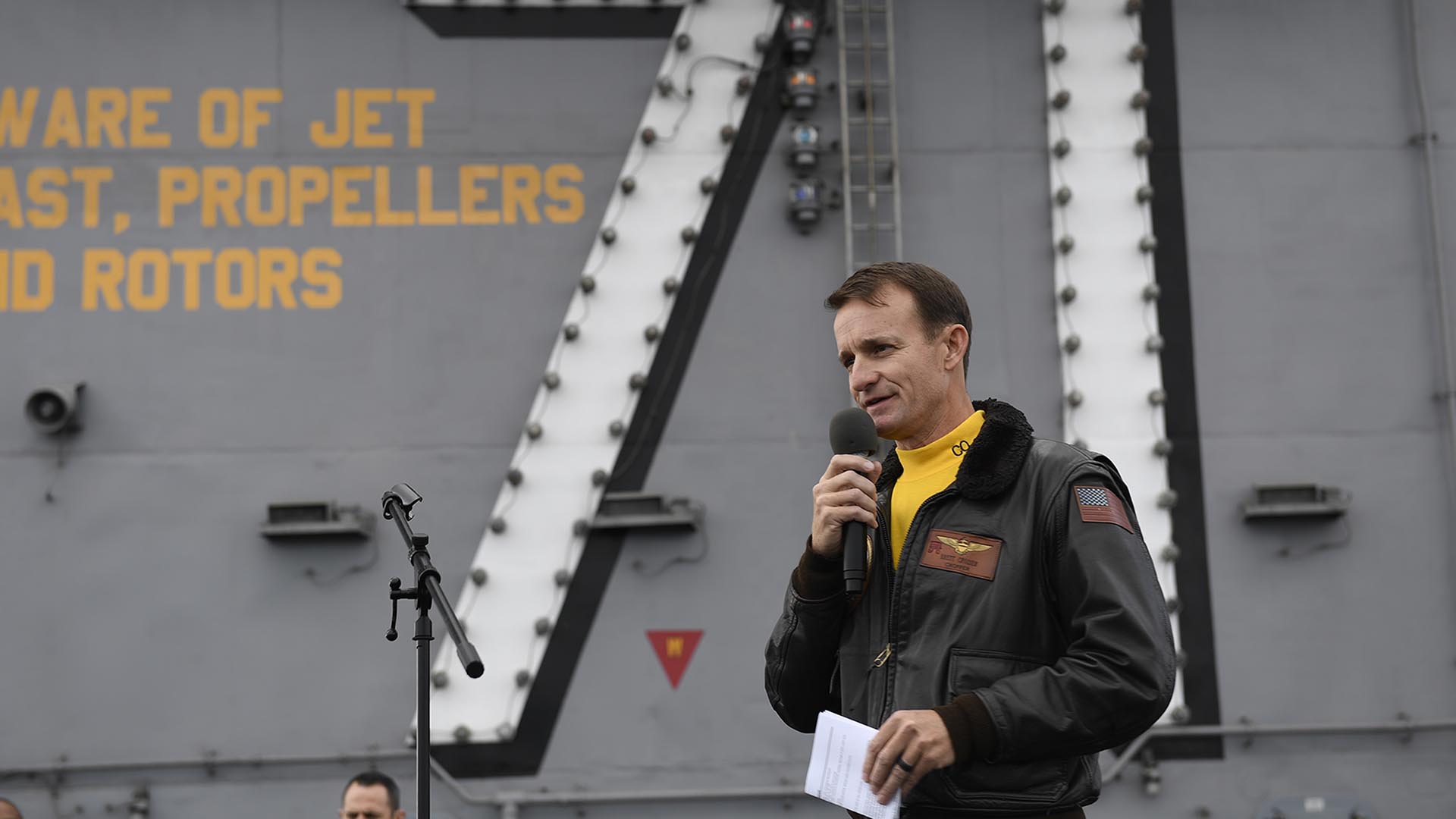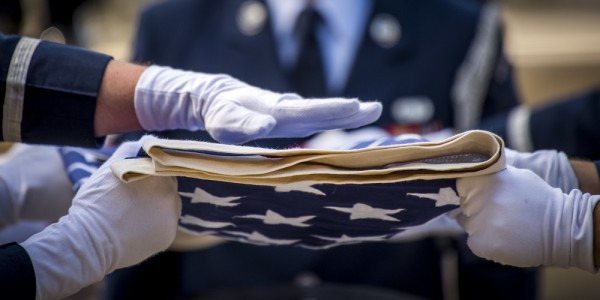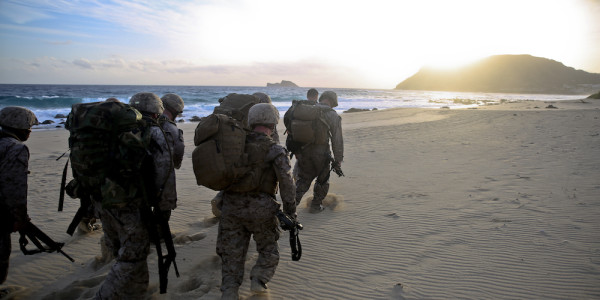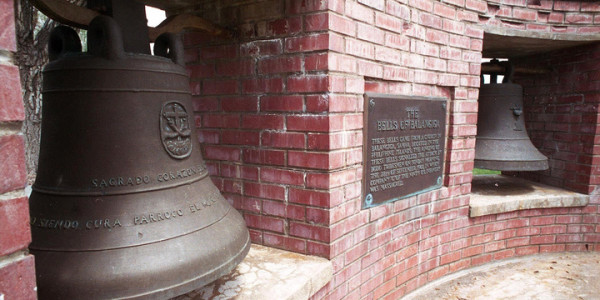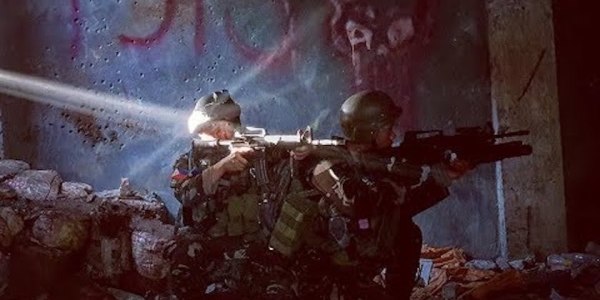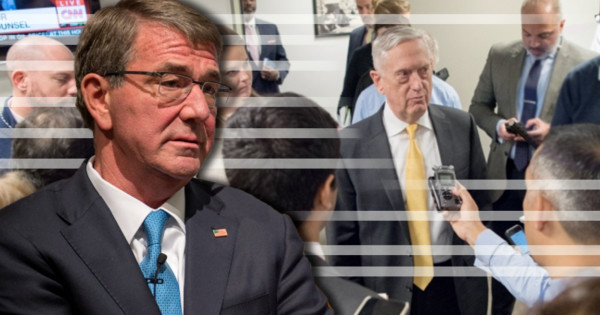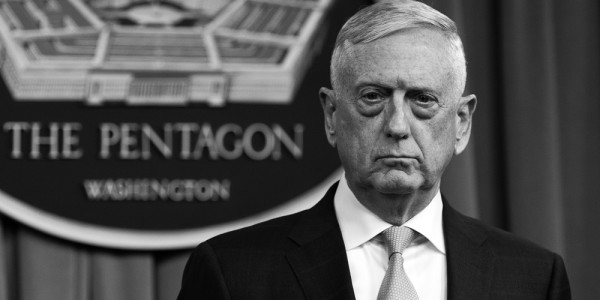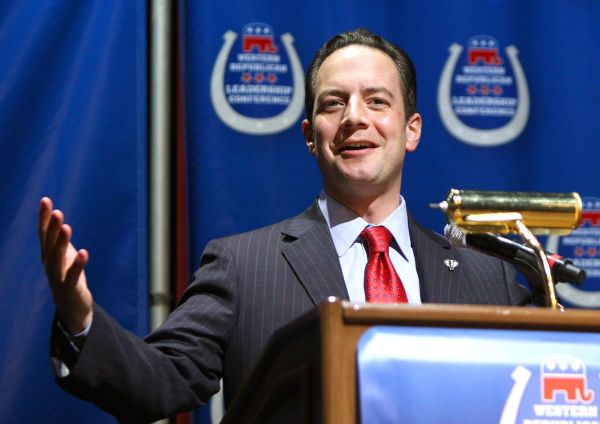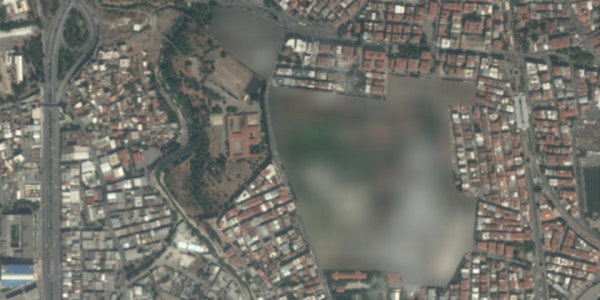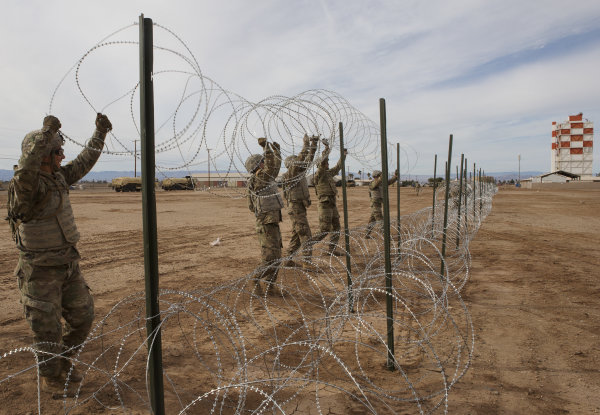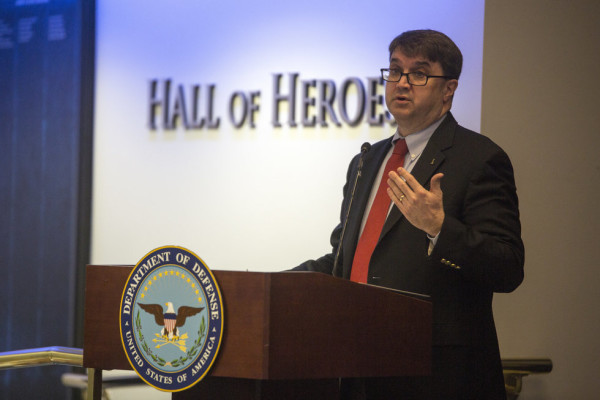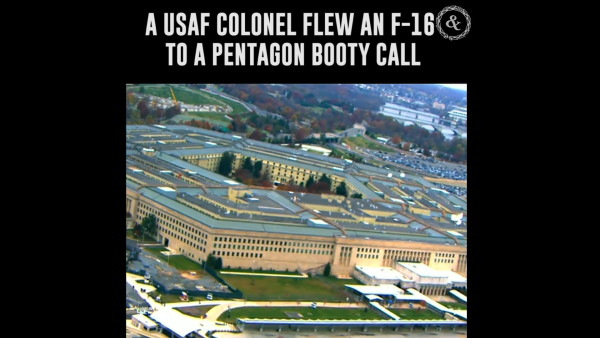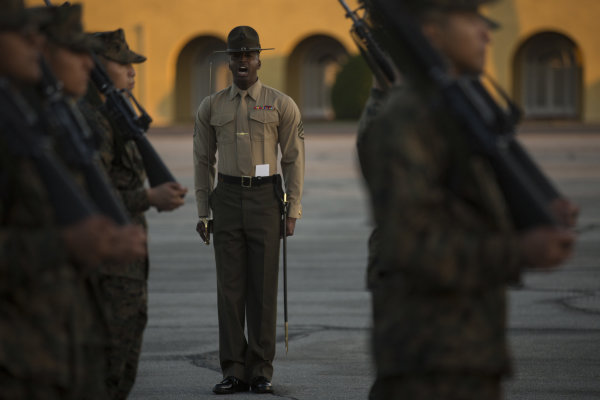It wasn’t enough for the Navy to fire the USS Theodore Roosevelt’s captain twice for a massive novel coronavirus (COVID-19) outbreak aboard his ship that sickened more than 1,200 crew members and led to one death.
Now the Defense Department has taken another stab at blaming Capt. Brett Crozier for failing to enforce social distancing on the Theodore Roosevelt, despite Crozier warning his superiors that it was impossible to practice social distancing on warships, in which sailors work together in confined spaces and sleep in open beds and shared berthing.
The Pentagon’s Inspector General’s Office has released a redacted copy of its appraisal into whether the Navy had policies and procedures in place to control outbreaks of contagious diseases aboard ships and submarines prior to the COVID-19 pandemic, and how well the service followed those measures.
While the inspector general’s office faulted some Navy commands for not holding required biennial exercises before the COVID-19 crisis began, the report places most of the blame for the deadly outbreak aboard the Theodore Roosevelt on the ship’s leaders — although it does not mention Crozier by name.
Released on Monday, the inspector general’s office report mostly rehashes the findings of the command investigation into the outbreak aboard the Theodore Roosevelt, which concluded that the ship’s leadership released sailors from quarantine too early, and that allowed COVID-19 to spread to other crew members.
Crozier was fired on April 2 after the San Francisco Chronicle published a letter he wrote to other Navy commanders warning that sailors would die unless most of the crew were moved off the ship and individually isolated.
“We are not at war,” Crozier wrote in the March 30 letter. “Sailors do not need to die. If we do not act now, we are failing to properly take care of our most trusted asset — our Sailors.”
After initially recommending that Crozier be reinstated as the ship’s commanding officer, Chief of Naval Operations Adm. Mike Gilday decided not to do so in June.
The Navy also placed the promotion of Rear Adm. Stuart Baker, commander of the embarked carrier strike group, on hold and recommended administrative action against Baker, Crozier and the ship’s medical officer.
The inspector general’s office report fails to mention just how quickly things spiraled out of control aboard the Theodore Roosevelt after the first sailors tested positive for COVID-19 on March 24.
The following day, Baker, received this warning from 7th Fleet warning: “We think we are at 95% probability of large outbreak,” according to hundreds of emails that Task & Purpose obtained by filing a Freedom of Information Act lawsuit in April.
Despite the crew’s efforts to disinfect the ship, dubbed “bleachapalooza,” COVID-19 spread rapidly, the emails show.
In June, the U.S. Centers for Disease Control and Prevention found that nearly 20% of 238 sailors surveyed aboard the Theodore Roosevelt had been asymptomatic for COVID-19.
Thus, the CDC confirmed Crozier’s March 30 warning to his superiors that testing crew members was not a way to slow the spread of the disease. Of the first 33 sailors diagnosed with the disease, seven initially tested negative but then showed symptoms of the virus within three days.
While the inspector general’s office report reiterated the command investigation’s findings that the Theodore Roosevelt should not have released crew members from quarantine, it also makes clear that the situation aboard the aircraft carrier had become untenable.
“Specifically, the Command Investigation identified that ‘with over 1,000 members of the crew onboard in quarantine,’ the Commanding Officer released 900 to 1,000 sailors in aft quarantine based on the recommendation of the ship’s Senior Medical Officer, Executive Officer, and Command Master Chief,” the inspector general’s office evaluation says.
“According to the Command Investigation, this decision was made because the ship’s leadership believed that conditions in the aft quarantine area were creating ‘human suffering’ and that the large number of sailors in the aft quarantine area was crowded and unmanageable.”
In fact, the ship’s executive officer told investigators that the quarantined sailors had lacked food and the aft portion of the ship had become a scene of “true human suffering.”
“It was obvious to SMO [the senior medical officer], CMC [command master chief] and I that the entire ship was in close contact and we all needed to go into proper quarantine,” Capt. Daniel Keeler told investigators on May 10. “The aft berthing plan was a failure. I regret attempting it and would not do it again.”
The inspector general’s office also faulted the Theodore Roosevelt’s leadership for leaving the ship’s gyms open and continuing to conduct urinalysis tests on sailors for illegal substances even though the Navy issued guidance on March 27 saying such testing could be paused.
But even as the report reiterated the initial investigation’s findings that Crozier and the rest of the Theodore Roosevelt’s leaders did not follow existing guidance, it also noted that the Navy’s own concept of operations for containing COVID-19 aboard ships and submarines acknowledged that “full compliance with CDC [U.S. Centers for Disease Control and Prevention] standards is a challenge, and may not be fully attainable given the constraints onboard warships.”
“For example, social distancing within the workspaces and living areas of a ship may not be fully implemented due to the large number of crew and small spaces onboard warships and submarines,” the inspector general’s report found.
Crozier, who had been warned by the ship’s medical staff that up to 50 sailors could die, quickly realized that the only way to keep his crew safe was to get as many as many sailors off the ship and placed into individual quarantine as possible.
But after the Theodore Roosevelt reached Guam, most of the evacuated crew members were placed in group quarantine, which Crozier noted in his letter to superiors, was only “marginally better than a warship.”
Crozier also wrote that two sailors being lodged in an open bay gymnasium had tested positive for COVID-19.
After Crozier’s letter became public, the Navy secured individual hotel rooms for 4,000 Theodore Roosevelt sailors. Then acting Navy Secretary Thomas Modly fired Crozier, claiming his letter “raised alarm bells unnecessarily.”
Modly soon found himself out of a job for berating the Theodore Roosevelt’s crew in an unhinged rant in which he lashed out at sailors for applauding Crozier as he left the ship.
“So think about that when you cheer the man of the ship who exposed you to that,” Modly told the crew on April 5. “I understand you love the guy. It’s good that you love him. But you’re not required to love him.”
In short, the inspector general’s office evaluation is a CYA win for the Navy. Interestingly, the report contains an appendix with the names of all Navy ships that reported at least one case of COVID-19, but all seven pages that list the ships have been entirely redacted.
That is a lot of missing context.
Featured image: Navy Capt. Brett Crozier, commanding officer of the aircraft carrier USS Theodore Roosevelt, addresses the crew during an all-hands call on Nov. 15, 2019. U.S. Navy photo by Mass Communication Specialist 3rd Class Nicholas Huynh)

